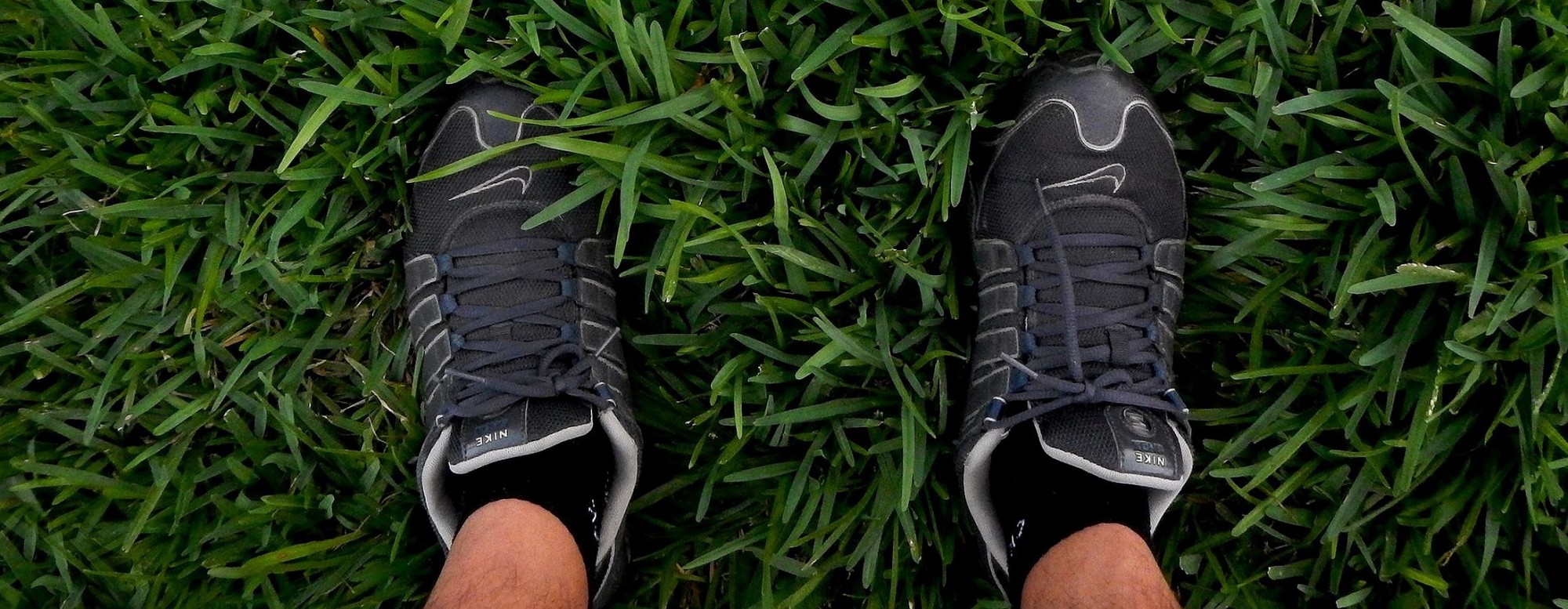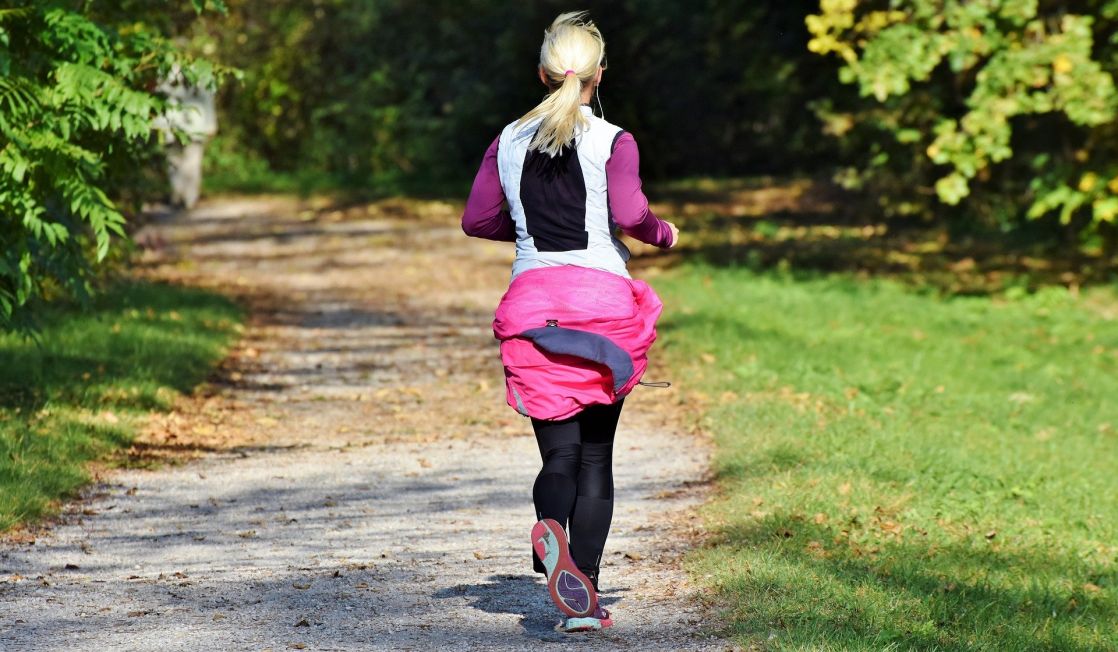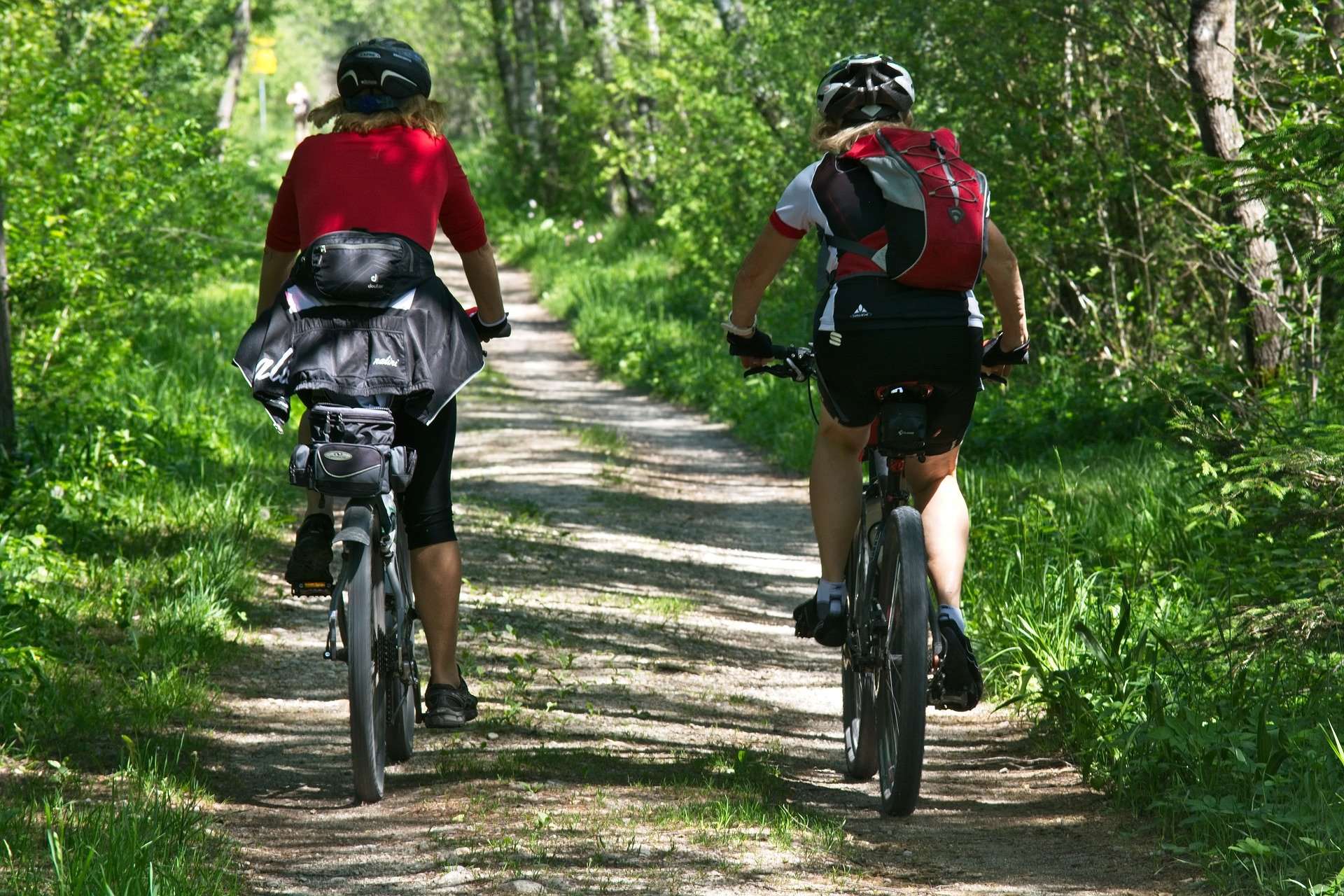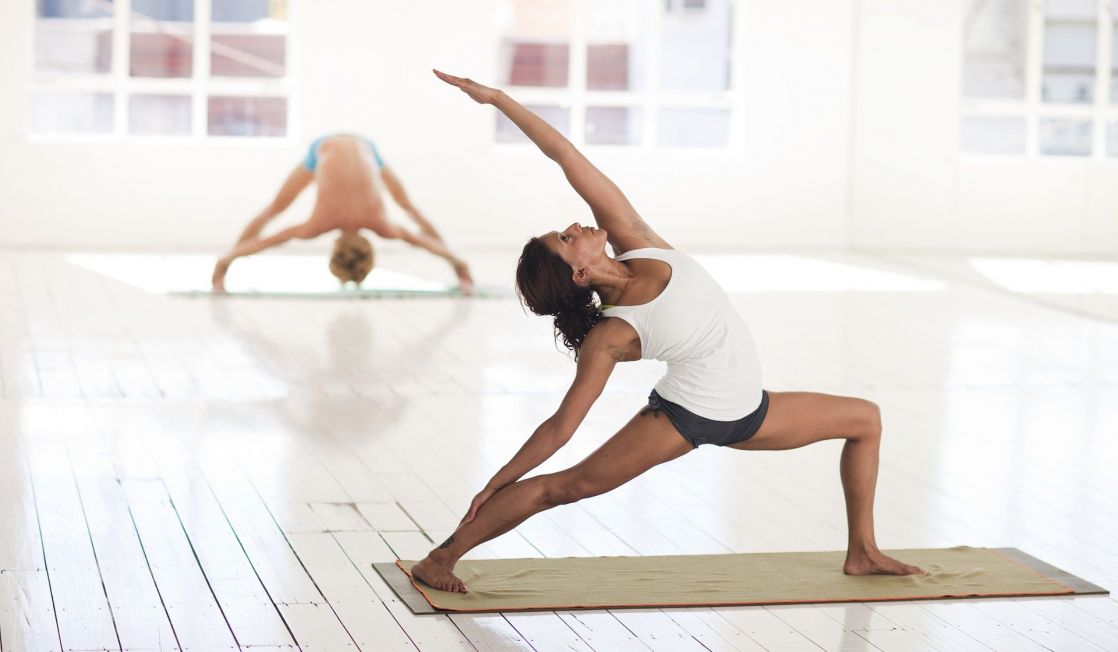We’ll be honest: a hiking holiday isn’t a walk in the park when it comes to physical fitness. All our walks require a certain degree of fitness, especially if you want to enjoy the breath-taking scenery without being too short of breath.
However, with a bit of time and commitment, most people can become “walk fit” in time for their walking holiday. Here’s how to prepare for your walking tour (please note that this was written prior to the Covid-19 outbreak).

When you’re choosing your holiday, be realistic. A walking tour is always far more enjoyable if you’re able to appreciate your surroundings. Yes, we all love the sense of achievement you get from a heavy-going hike, but balance that with working within your physical capabilities.
If you really love the sound of a challenging walk, but haven’t laced up your boots in a while, make sure you leave yourself time to build up your stamina and fitness again.

Whatever sort of walking tour you choose, it’s a great idea to build up to it by getting “walk fit” first. Fitness prevents injury and cuts down on stiffness, and gives you chance to focus on the beautiful scenery and surroundings, not just your aching calves.
Before you start a training plan, think about the walk you’ve chosen. Will you need to work on increasing your stamina or your strength, for example?
We separate our walking holidays into three categories. A category A walk is around 6-9 miles per day, and focuses on enjoying the scenery. B steps it up a bit, at 10-12 miles per day. C is for experienced walkers only, covering up to 15 miles daily.
Our website gives you a daily breakdown of the itinerary, so you’ll have a good idea of the type of terrain and distance to expect each day. To find out more, have a look on the OS map (a great way to see what the ascent and descent will be like) and check out the area on Google maps.

Naturally, the best way to prepare for a walk is by walking. You’ll be strengthening all the right muscles, improving your cardiovascular fitness, and possibly breaking in some new boots while you’re at it.

During the busy working week, it’s not always easy to fit in extra walks. We’d suggest aiming for at least one good weekend walk in the run-up to your hiking holiday, ideally in the same sort of terrain. Increase the lengths of your walks each week.
Try some easy walk-fit hacks that fit in around daily life. Park in the furthest car park, get off the bus sooner, never, ever take the lift. Walk faster, as well as longer. This is a great way to introduce exercise to everyday life.
When you finally get to the top of the incline, you want to admire the sweeping ocean vista, not collapse on a rock. Improving your cardio fitness will cut down on all those huffs-and-puffs, making sure that you can really appreciate the view from the top.
To cut down on the panting, work on your cardio fitness before your walking tour begins. Cardiovascular exercise is simply any exercise that raises your heart rate. Walking, running, aerobics, working out, cycling… Whatever gets your heart pumping and your lungs working counts as cardio exercise.
Again, walking longer and faster will really help. Challenge yourself by trying tricky terrains such as sand (beaches are brilliant for cardio training) or uneven ground.
Having looked at your cardio fitness, it’s time to think about strength training.

One of the great benefits about an organised, self-guided walking tour is that you don’t have to carry your kit yourself. Yes, you’ll need a day pack with water, waterproofs, sun block and so on, but that’s not the same as hefting your tent around.
So, when we talk about strength training, it’s mainly about your legs not your back and shoulders – although even a relatively small day pack can feel heavy towards the end of a 15-mile hike, so don’t rule out upper-body work.
The best exercises to strengthen your legs are the simple ones: squats, lunges and calf raises. You can also give bridging exercises a go.
We’re not qualified fitness instructors, so we’d suggest looking up some professional exercise videos on YouTube for technique. Pop down to your local gym for some advice, and perhaps book a one-off session to get you started. If you’ve had any injuries or conditions that could be affected, speak to your physio.
It’s amazing how many people forget this, but stretching exercises are super-important before and after a walk. None of us would dream of going for a jog without limbering up: treat a long or brisk walk in the same way.

Have a look at our Cornish walking holidays, and take it from there! If there’s anything you’d like to know about any of the walks, please get in touch; and remember that we can adapt our tours to suit individual walkers.
Be the first to receive all the Latest News and Special Offers...